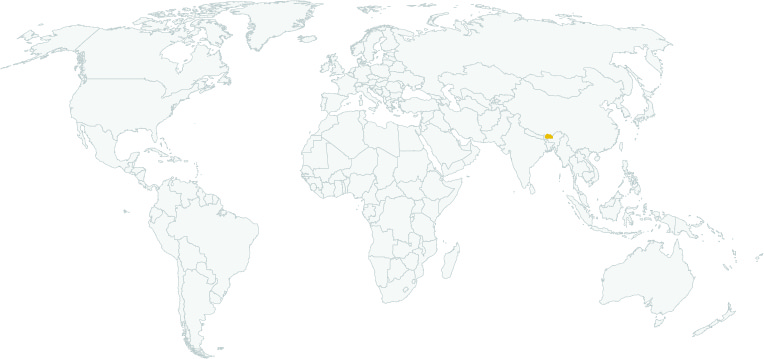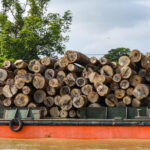
Thailand and Bhutan officially signed a free trade agreement (FTA) on April 4, aimed at enhancing trade relations between the two countries.
Thailand’s major exports include automobiles and auto parts, wheat products, prepared foods, microwave ovens, beverages, and canned and processed fruit. Meanwhule, Bhutan’s major exports are vegetables, fruit, aircraft and aircraft parts, auto parts, timber, wood and wood products, and beverages such as mineral water, soft drinks, and liquor./.
Bhutan has shipped shipped more than 50,000 cubic feet of timber to India through the kingdom-owned Natural Resource Development Corporation over the last three months alone. It comes after the Kingdom established Bhutan’s first “scientific thinning programme” in 2023 – setting a highly ambitious target of more than 10.7 million cubic feet of timber for annual export from 2024 to 2026.
Exports vary, with teak—often used in boat building and high-end furniture—walnut and sal amongst the most popular species.
Vast swathes of ancient primary forests in Bhutan have been felled by the “timber mafia” from neighboring Assam in India’s northeast, setting alarm bells off in the Himalayan kingdom.
Assam shares a border of 265 kilometers with Bhutan, along which an Indian paramilitary force, the Sashastra Seema Bal (SSB), is deployed, but there are wide gaps that facilitate the illegal timber trade. Nor does Bhutan have adequate infrastructure for the effective patrolling of the border zones to prevent smugglers from sneaking into the country. In recent years, timber smugglers have been most active in Assam’s border district of Udalguri, once a hotbed of insurgency.
Besides Bhutan, timber is illicitly imported from Myanmar’s Chin State through multiple routes into the region. In India’s northeast, the hill states of Arunachal Pradesh and Meghalaya have also been heavily impacted by illegal logging, which thrives allegedly with the connivance of a section of local government officials and politicians.
Click here to access the Global Illegal Logging and Associated Trade (ILAT) Risk assessment tool and to download the Forest Trends User Guide describing the functionality of the ILAT Risk Data Tool.
Click here to access the Cattle Data Tool.



